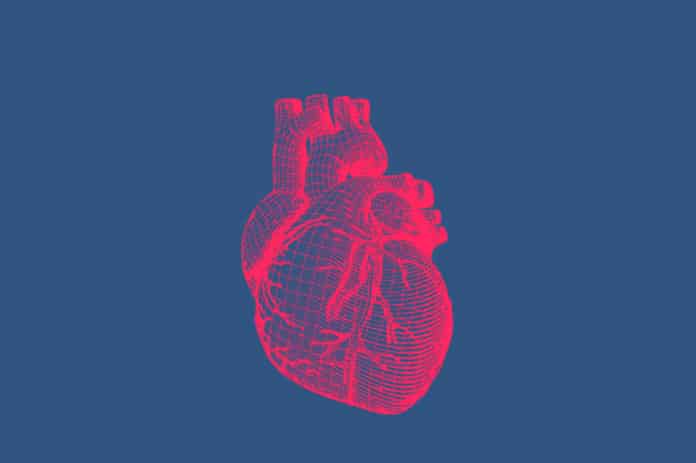Iron is integral to many physiological processes, and variations in its levels, even within the normal range, can have implications for health. In a new study, a team of international scientists, led by Imperial College London, has explored the full clinical effects of different iron status.
Scientists particularly examined genetic data from over 500,000 people and explored the role that iron plays in over 900 diseases. They found that higher iron levels associated with a lower risk of high cholesterol levels. It also reduces the risk of arteries becoming furred with a build-up of fatty substances.
In addition to that, the study also highlights potential risks linked to naturally higher iron levels. This includes a higher risk of blood clots, stroke, and a higher risk of bacterial skin infection.
For this study, scientists used a genetic technique called Mendelian Randomization to explore the association between iron levels and the risk of disease. During their exploration, they filtered through genetic data from thousands of people to recognize genetic ‘variations’ related to natural higher iron levels. They then explored whether individuals who convey these variations, called single-nucleotide polymorphisms, had higher or lower risk of a range of conditions and ailments, for example, elevated cholesterol and atherosclerosis.
They found that naturally higher iron levels were associated with reduced risk of both high cholesterol and atherosclerosis.
Dr. Dipender Gill, a lead author of the study from Imperial’s School of Public Health, said: “Iron is a crucial mineral in the body, and is essential for carrying oxygen around the body. However, getting the right amount of iron in the body is a fine balance – too little can lead to anemia, but too much can lead to a range of problems, including liver damage.”
“The study only looked at naturally occurring iron levels in the body related to genetic variation between individuals – and did not investigate the effect of taking iron supplements.”
However, the picture was complicated by further findings from the same study, which revealed high iron levels might be linked to a risk of clots related to slow blood flow, which can increase the risk of certain types of stroke and the condition deep vein thrombosis.
And to add to this, the studies also revealed higher iron levels might also be linked to an increased risk of bacterial skin infections.
So what is going on?
Dr. Gill said these findings now need to be investigated in patient trials. He explained: “These studies reveal new avenues of research, and present many questions. We are still unclear on how iron affects cholesterol levels, narrows arteries, and form blood clots, but we have ideas. One possibility is that the lower cholesterol levels may be linked to the reduced risk of arteries becoming furred. Furthermore, higher iron levels may cause blood clots to arise when the flow is reduced, possibly explaining the increased chance of clots.”
He adds that previous research suggests that iron may also play a role in bacterial replication and virulence, which may be linked to the increased risk of skin infections.
The study is published in the Journal of the American Heart Association.
